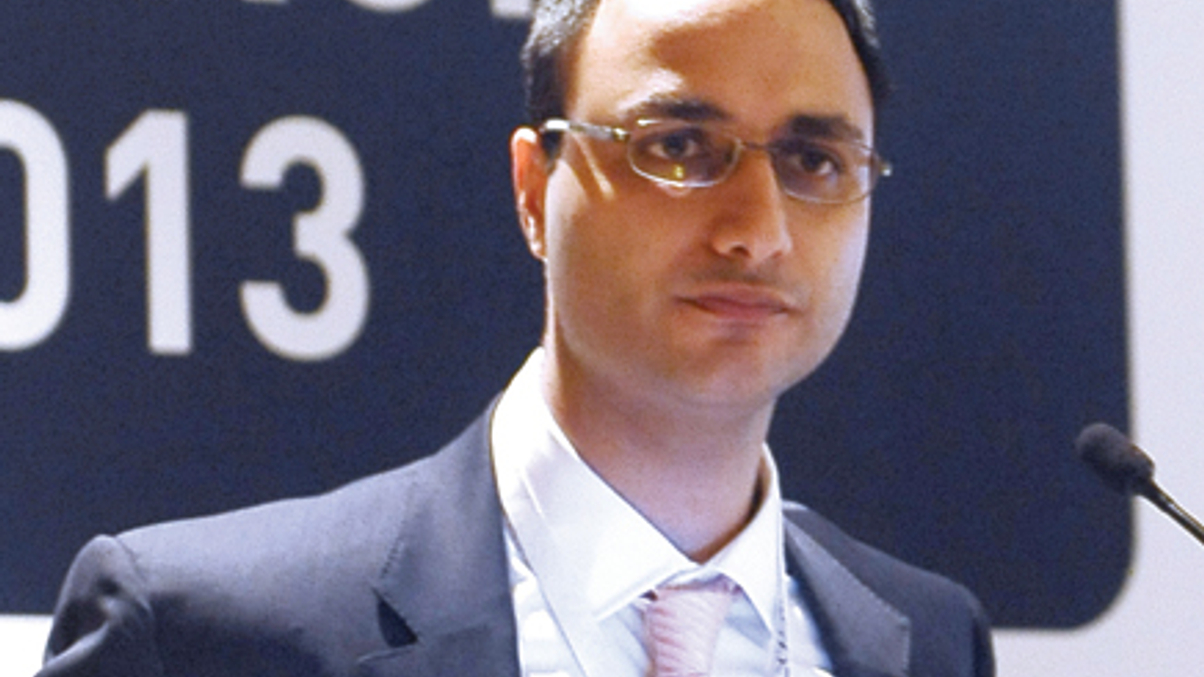Identifying opportunities in a changed market landscape
New regulations, market volatility and government policies are shaping the operating environment for hedge funds. Experts discuss the issues at Lyxor's Hedge Fund Forum.

Navigating Asian and global markets amid a post-crisis era of economic recovery – marked by volatile trading, new regulations and wide-reaching government fiscal policies – has created both challenges and opportunities for fund managers, said speakers at the recent Lyxor Hedge Fund Forum* in Singapore.
Sign in to read on!
Registered users get 2 free articles in 30 days.
Subscribers have full unlimited access to AsianInvestor
Not signed up? New users get 2 free articles per month, plus a 7-day unlimited free trial.
¬ Haymarket Media Limited. All rights reserved.


